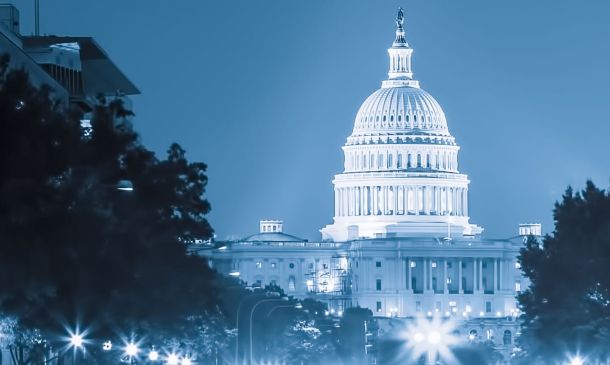Zero Trust by 2027? That’s the Plan for the DoD
On November 22, 2022, the Department of Defense released its Zero Trust Strategy and Roadmap, for which the DoD intends to implement distinct Zero Trust capabilities and activities as outlined in the strategy and associated Roadmap by FY27.
The Grim Reality of Cybersecurity Threats to U.S. Critical Infrastructure
Here’s a shocking statistic to ring in the new year of 2023 for cybersecurity. Approximately 75% of industrial control systems and devices (ICS) have severe, unpatched cybersecurity vulnerabilities. What’s an ICS? Essentially all the major systems and components that run our daily lives for almost everything we do. Think the power grid, water treatment plants, and much, much more.
CISA and Cybersecurity - The Next Regulatory Behemoth?
After eight long years as one of Congress’ key leaders on all things cybersecurity, retiring Republican Rep. John Katko is no doubt proud of his - and other colleagues - in helping create, fund, and grow the Cybersecurity and Infrastructure Security Agency (CISA).
The Senate and Cybersecurity for 2023 - Here’s What We Should Expect
Sen. Gary Peters (D-Mich.), chairman of the Homeland Security and Governmental Affairs Committee, acknowledged that his top cybersecurity priorities for 2023 are fortifying cyber defenses for small businesses, open-source software, federal agencies, and vital technology used in industrial facilities.
Review Suggest that NSA and Cyber Command (USCYBERCOM) Should Continue to Share Leader
A December 2020 report given to the Pentagon and intelligence community strongly favors the continuation of a “dual-hat” leader arrangement for both the National Security Agency (NSA) and U.S. Cyber Command. While the report did stop short of making an official recommendation, it found that retaining the “dual hat” came with advantages and benefits for both organizations, thus keeping it would be a net positive for national security, according to the officials, who spoke on the condition of anonymity (the findings are not public).




